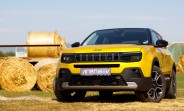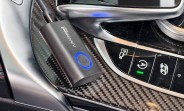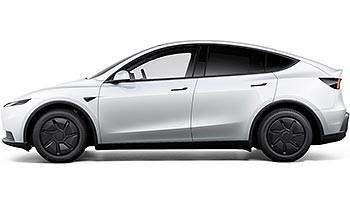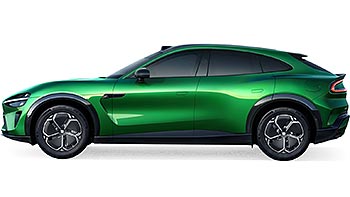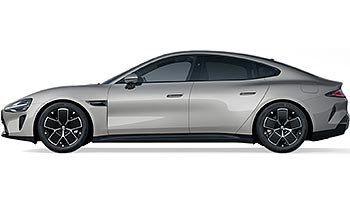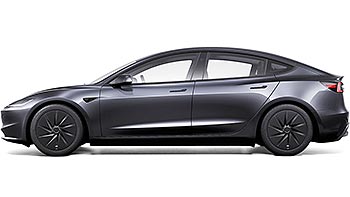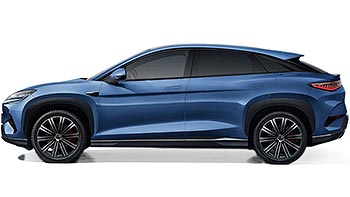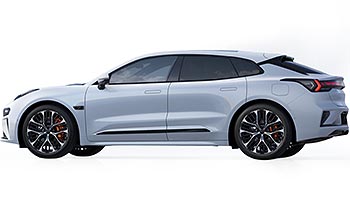Six electric cars battle for range supremacy on a journey to Scotland
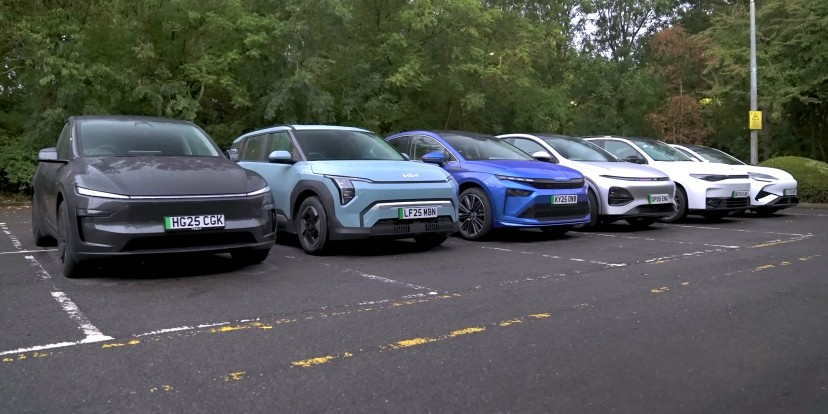
The road trip from Oxford, England, to Scotland can be demanding enough for any vehicle. For six new electric cars, it became the ultimate proving ground for real-world range and efficiency.
The latest range test by Carwow pushed a diverse lineup of electric vehicles to their absolute limits, evaluating their performance against not only manufacturer claims but a powerful gas-powered Audi RSQ8 as well. The results were a mix of expected outcomes and surprising revelations, offering valuable insights for prospective electric car buyers.
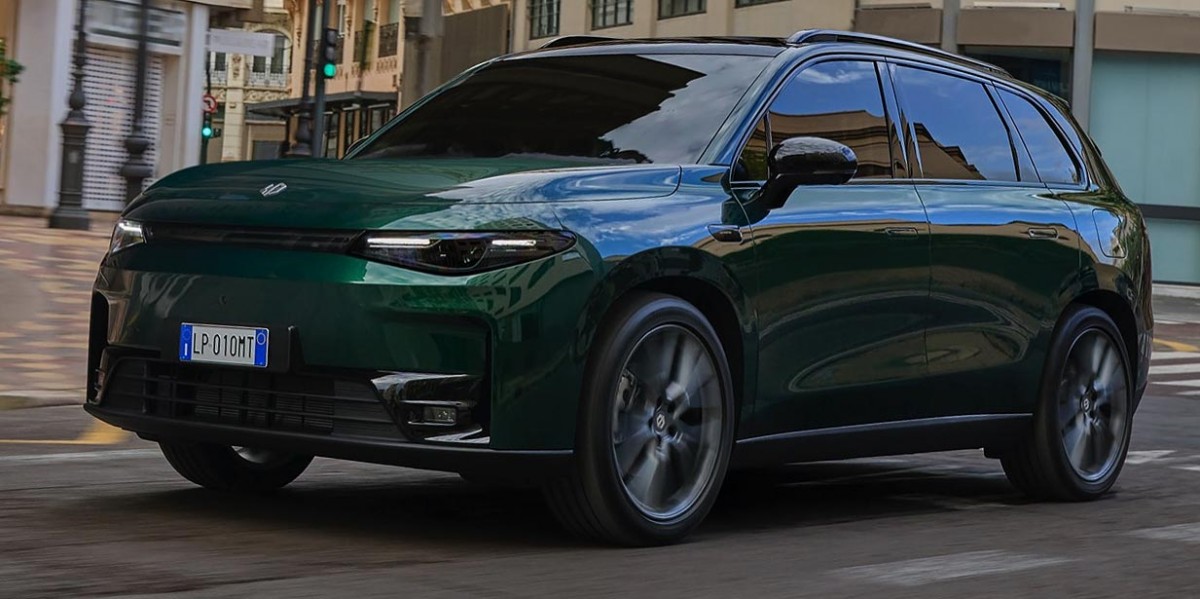
What cars took part in the test? China's rising automotive stars included the Leap Motor C10, XPeng G6, and BYD Seal U. Europe was represented by the Skoda Enyaq Coupe and South Korea by Kia EV3, while the American Tesla Model Y rounded out the field.
Each vehicle was charged to 100% before the long convoy. As battery levels dropped, drivers adopted range-saving tactics like slower speeds and eco-mode, mirroring the behavior of range-anxious electric car owners.
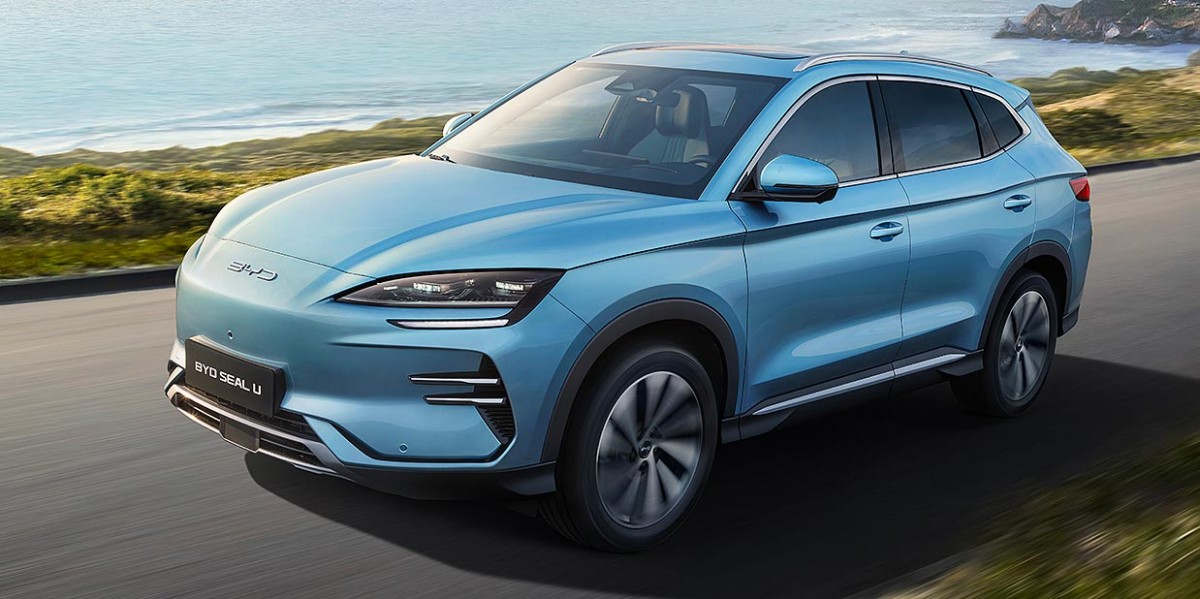
The Leap Motor C10, with its 70 kWh battery, promised a computer-estimated 260 miles of range. Priced at $50,100 in the UK, it is meant to be affordable. Unfortunately, its real-world performance was less impressive at only 224 miles. Drivers didn't like its numb steering, grabby brakes, and somewhat sluggish performance, making it a car more suited for city driving than long journeys.
The BYD Seal U, with the largest battery in the test at 91 kWh and 530 horsepower from its dual motors, costs a rather substantial £59,000. Its actual range of 277 miles fell short of the 311 miles estimate, and the BYD was the least efficient among the EVs tested. The interior felt premium, but the driving dynamics were described as numb, with jiggly suspension at higher speeds.
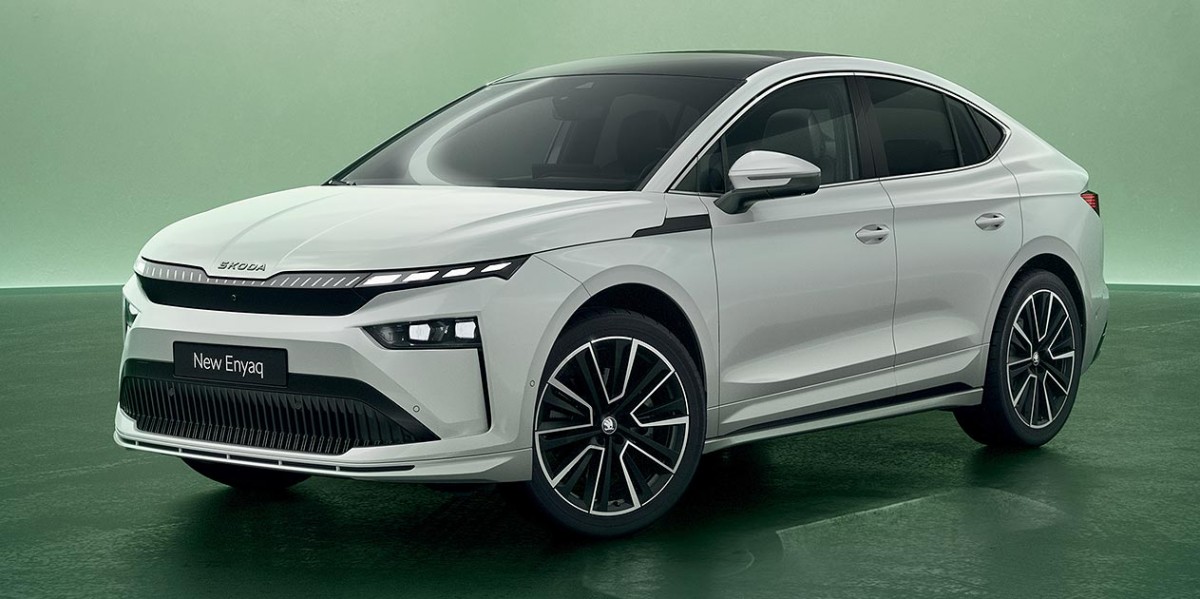
The Skoda Enyaq Coupe offered a more natural driving experience. Its $69,000+ price tag placed it in the premium segment, and its 77 kWh battery delivered 308 miles against a 350 miles estimate. Drivers praised its responsive handling and comfortable ride, but some interior elements felt less refined.
The XPeng G6 impressed with its luxurious interior and advanced tech, including blind-spot cameras integrated into the indicators. Despite its 84 kWh battery and 351 miles computer prediction, it managed 328.3 miles in the real-world test. Driving quirks like a tendency to pull right under acceleration and vague steering detracted slightly from the experience, but its overall range was strong.
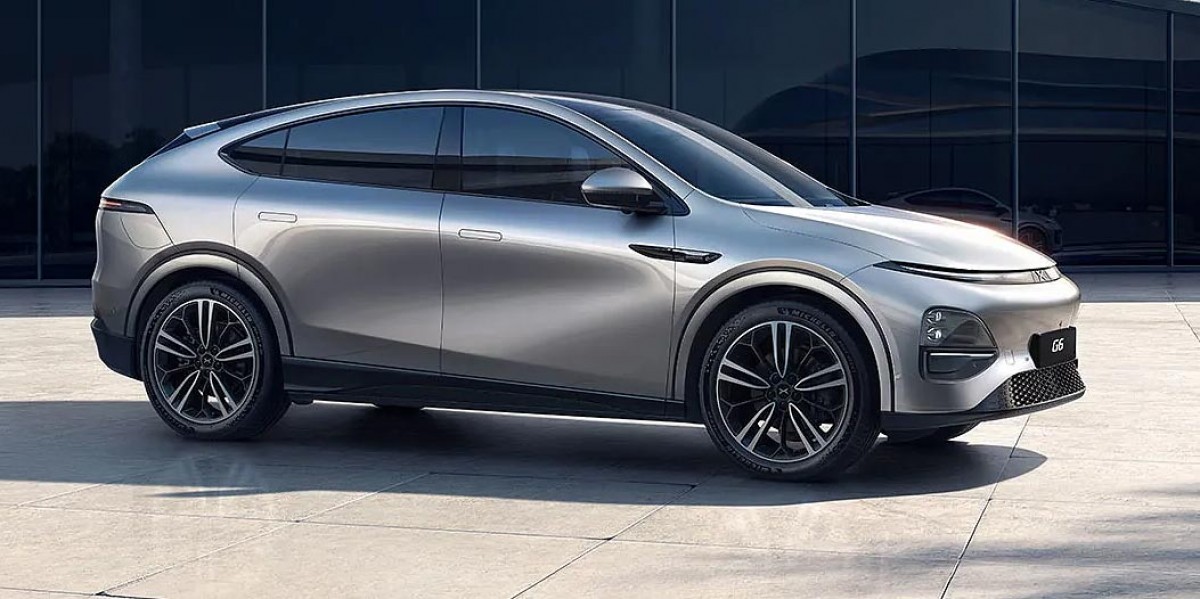
The Kia EV3 emerged as the surprising front-runner in terms of pure range. With a 78 kWh battery and 204 horsepower, this electric car, starting at $49,400, delivered an exceptional 329 miles on a full charge - that's 88% of its ambitious 396 miles computer estimate.
Its comfortable ride, intuitive physical controls, and overall user-friendly nature made it a favorite, despite some minor issues with wind noise and traction control.
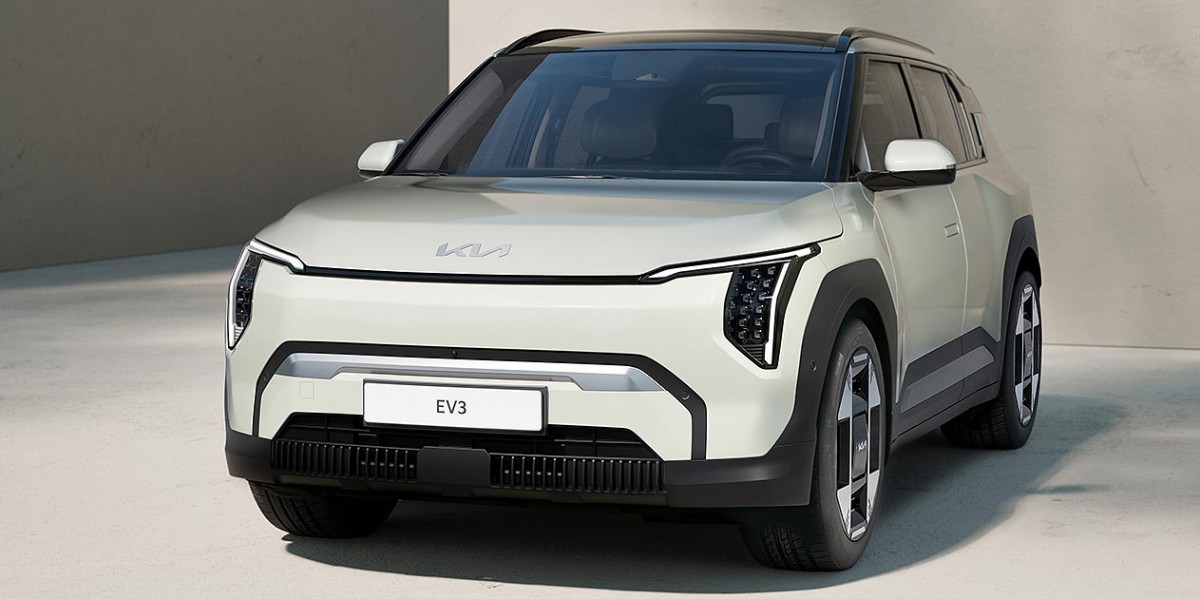
Hot on its heels was the Tesla Model Y, a long-range version equipped with a 75 kWh battery and 308 horsepower, priced just under $67,300. It delivered just over 327 miles, just shy of its 334 miles estimate.
The Model Y was lauded for its improved suspension, high-quality interior, brilliant infotainment system, and spacious cabin, making it the most practical for passengers and cargo with a massive 29 ft³ trunk capacity. It also proved to be the most efficient, achieving 4.4 miles per kWh.
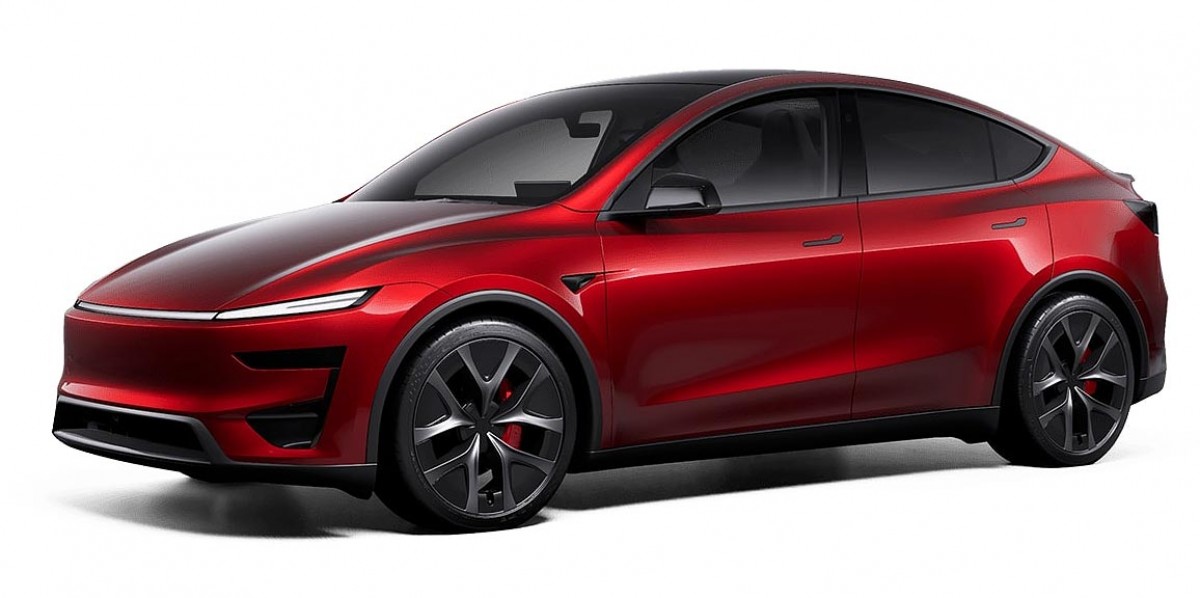
The exciting part of the test was comparing the electric cars to the gas-powered Audi RSQ8, the V8 SUV managed an impressive 433 miles on a single tank, averaging 9.41 liters per 100 kilometers (24.8 MPG). But a quick cost analysis revealed the true advantage of electric vehicles - the Audi's journey cost $237.31, electric cars, even when using rapid public chargers (which can be ten times more expensive than home charging), were generally more economical.
Curiously, the powerful, all-wheel-drive BYD Seal U ended up running up a slightly higher cost per mile due to its lower efficiency. This proves that while the upfront cost of electric cars might be higher, their running costs are way lower, especially with access to affordable home charging. Did any of the cars make it all the way to Scotland? You can find that out right here:
Related
Reader comments
- allamazing
Don't be a poor peasant....
- 08 Oct 2025
- pVc
- James
Evs a waist of money far to expensive for ordinary foke
- 07 Oct 2025
- nEc
- Anonymous
Watch the video, it's 1 hour of comparing the EVs, and 2 minutes at the end as a throwaway comparison with the Audi.
- 06 Oct 2025
- 7yV






